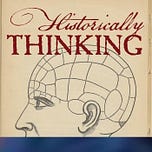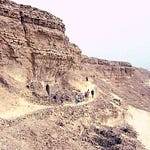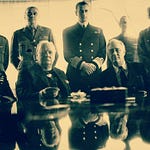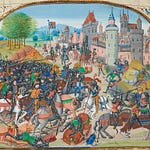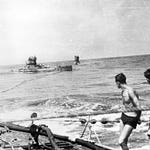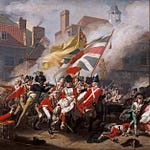Originally published on June 26, 2019 (Episode 117)
Introduction
From January to June 1919, the victors of World War I met in Paris to craft the peace with Germany and its allies—just the first in a cascade of treaties that reshaped borders from Europe to the Middle East. The results were complex and contested even before the ink dried.
Michael S. Neiberg and I retrace the conference’s big choices and hard limits: conflicting aims among the Allies, the tensions between principles and power, and why Versailles became a symbol for both “too harsh” and “not harsh enough.” We also consider what the conference could never resolve—and what that means for how we teach its legacy.
About the Guest
Dr. Neiberg is the Chair of War Studies at the US Army War College in Carlisle, Pennsylvania, where he teaches history, strategy, and regional studies.
For Further Investigation
Michael S. Neiberg, The Treaty of Versailles: A Very Short Introduction (OUP, 2019 )
—, The Path to War: How the First World War Created Modern America (OUP, 2016)
Related Episodes
“The Peace Treaty of 1916 That Didn’t Happen”—Philip Zelikow on attempts at ending the Great War in 1916
Listen & Discuss
Which constraints mattered most in Paris: ideals, domestic politics, or geopolitics?
Why did Versailles become a Rorschach test for blame—and what evidence best clarifies its effects?
How should we teach a peace that was both consequential and incomplete?
If you’ve ever heard “Versailles caused WWII” at a dinner party, share this before dessert.

